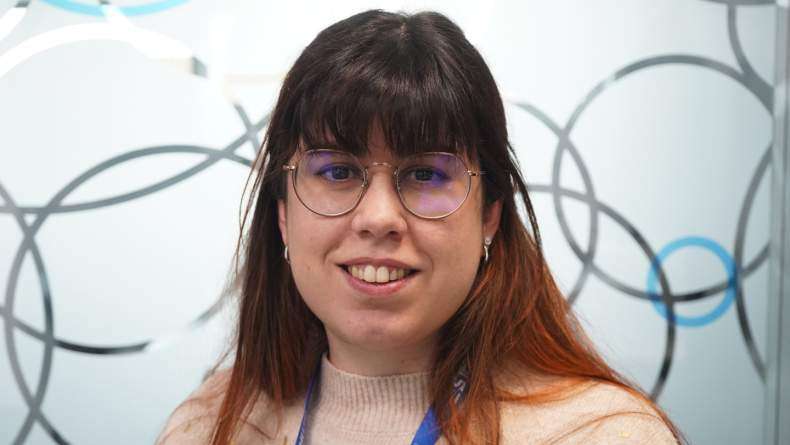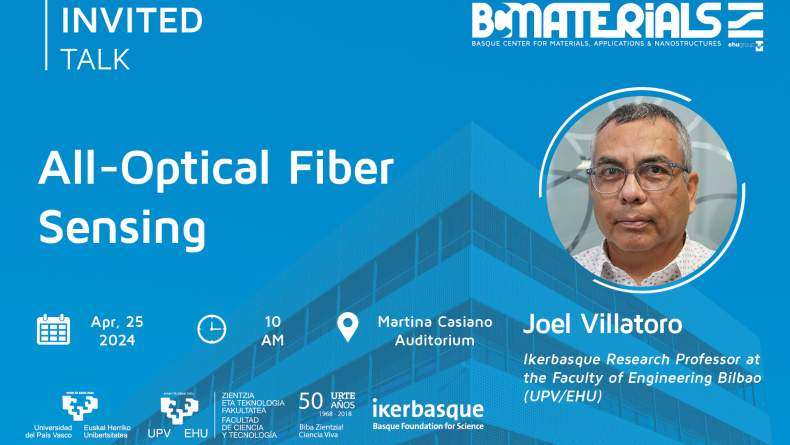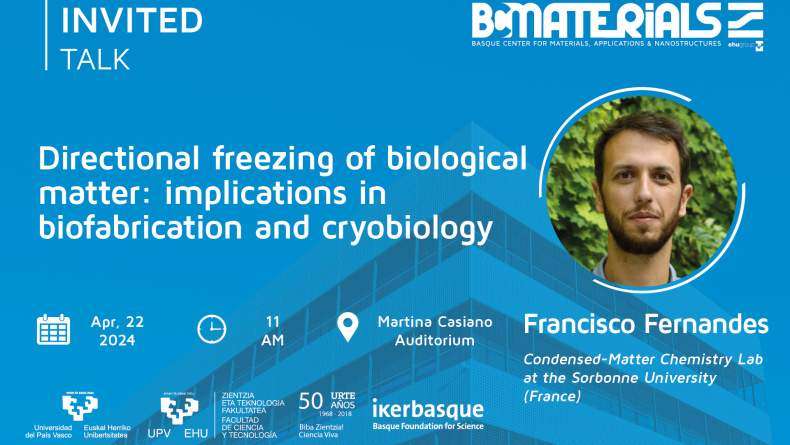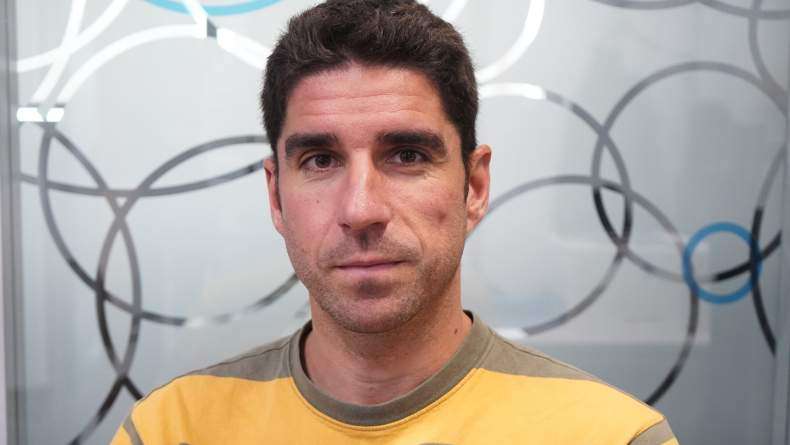BCMaterials Fortnightly Seminar #52: Catarina Lopes and Daniel Salazar

CATARINA LOPES
(BCMATERIALS)
THE CONTRIBUTION OF IONIC LIQUIDS IN THE DEVELOPMENT OF NANOGENERATORS
The development of low weight and flexible nanogenerators are in demand for low-power portable devices. Currently, most of the nanogenerators are based in the piezoelectric and triboelectric effects, and despite the good results obtained with these materials, there is an incessant search in the development of other possibilities. In this context, the versatility of the ionic liquids and their interaction with material surfaces, open new perspectives for the arising of new types of nanogenerators. In this presentation, some results obtained with polymer@ionic liquid composites will be presented.
DANIEL SALAZAR
(BCMATERIALS)
DEVELOPMENT OF NEW TETRAGONAL THMN12-TYPE PHASES WITH LOW RARE EARTH CONTENTS FOR PERMANENT MAGNET APPLICATIONS
In recent years, the critical supply of the raw rare earth materials, has motivated the search for rare earth-free and rare-earth-lean hard magnetic materials. Tetragonal R(Fe,M)12 compounds (R = rare earth, M = Co, Ti, Mo, Si…), with the ThMn12 phase structure, have long been of interest as permanent magnet materials with reduced R content, but some stability issues have to be overcome first. To further exploit the advantage of low R content, particular attention has been recently paid to compounds with cerium, the most abundant and least “critical” rare earth metal. Although the mixed valence state of the Ce atoms has an unfavorable effect on the Curie temperature, several substitutions for Ce in the Ce(Fe,M)12 compounds stabilizes the 1:12 structure and promote high Curie temperatures [1,2]. The alloys studied in this work have a single ThMn12 phase at several substitutions, as deduced from X-ray diffraction. High magnetization (>100 A·m2/kg), Curie temperatures >300ºC and enhanced coercivity by different substitutions, make them suitable for permanent magnet applications. To gain further knowledge of the magnetic structure and intrinsic magnetic properties of these compounds, were carried out several experiments as Mössbauer spectroscopy, Neutron and X-ray diffraction, magnetometry (VSM and SQUID) and electron microscopy. [1] A.M. Gabay, et.al. AIP Advances 6 (2016) 056015. [2] A. Martin-Cid, et.al. Phys. Status Solidi C (2016) 1-3.Related news
Eloie Gallego, New Research Technician Assistant
BCMaterials welcomes Eloie Gallego, who joins our center as new Research Technician Assistant. She will work giving service to a growing laboratory activity in our facilities. Eloie’s academical and…Invited Talk with Joel Villatoro on April 25
On April 25, BCMaterials will receive Dr. Joel Villatoro as a new invited speaker with the talk entitled “"All-Optical Fiber Sensing". The talk will start at 10:00 at the Martina Casiano auditorium (…Invited Talk with Francisco Fernandes on April 22
BCMaterials will offer a new invited talk on April 22 with Francisco Fernandes, Associate Professor of the Condensed-Matter Chemistry Lab at the Sorbonne University (France) The talk will begin at…Jorge Saiz, New Ramón y Cajal Researcher at BCMaterials
We are happy to receive Jorge Saiz Galindo as new Ramón y Cajal Fellow, post-doctoral researcher in BCMaterials. Dr. Saiz obtained his degree in Biology and his PhD at the University of Alcalá, in…



